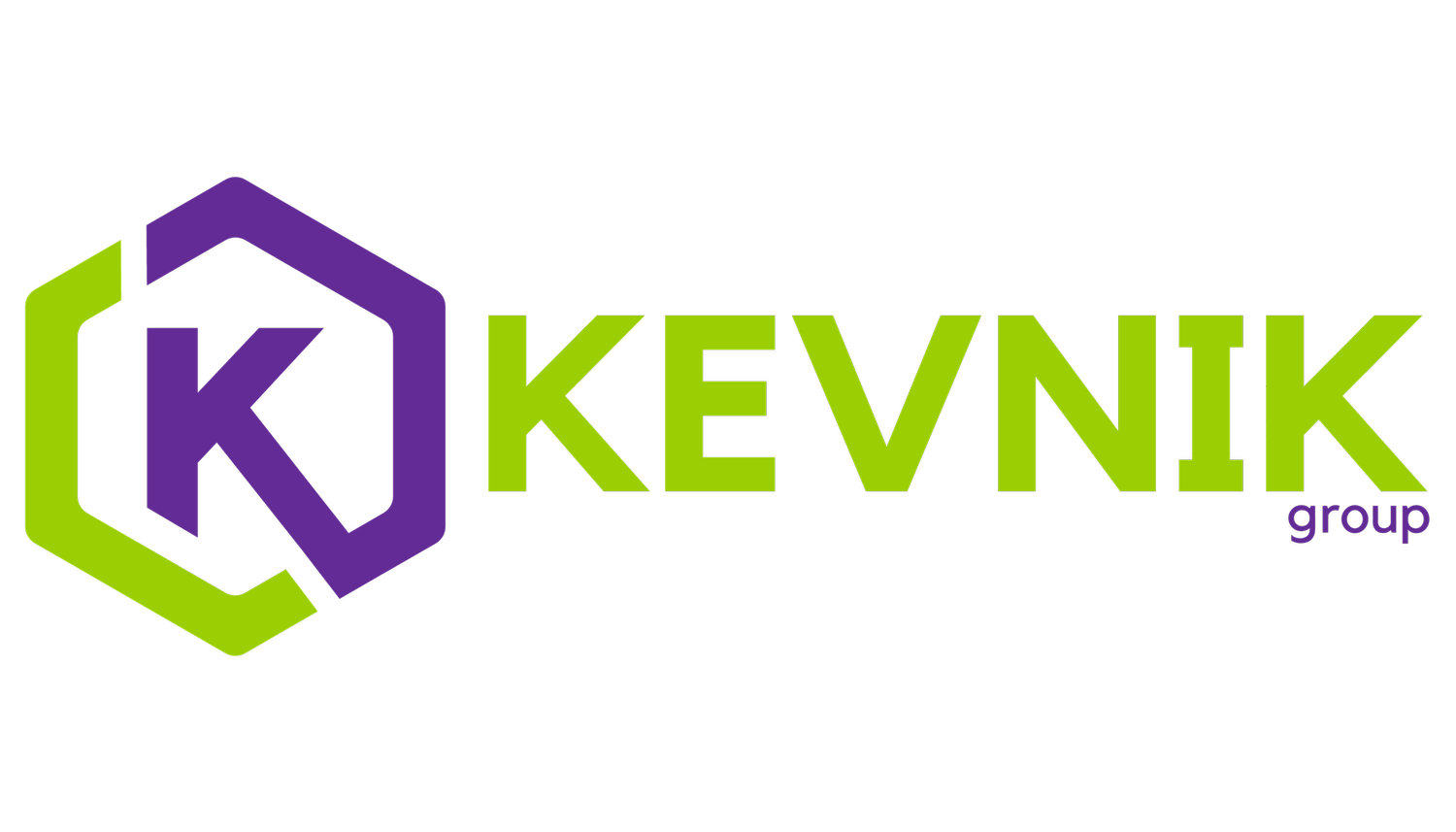Here's this month's roundup of news and resources.
REACH YOUR GOALS
How Adding an ADU Can Be a Profitable Move
Adding a second living space to your home and property can do more than generate rental income. You may also increase your home's total value by up to 35%. Although the official name for a separate space is Accessory Dwelling Unit, or ADU, they're often called garage apartments, carriage houses or secondary suites.
While an ADU can be rented out, it can also serve as accommodation for an aging parent who prefers privacy. You can opt to keep it vacant for weekend guests or use it as an office, workshop, or studio. Another option: plan to exchange your main home with an adult child upon retirement while you move into the ADU. Aging in place was never so easy!
Here are some common examples of urban and suburban ADUs:
A studio apartment, aka "bedsitter", over a detached garage
A suite located above a home's main floor
A converted basement with separate entrance
A 100% detached structure, such as a backyard cottage
Before you begin planning an ADU, you'll need to check your local government's website for a link to zoning codes to your area, or contact your local municipal planning or building code office. 1
MORTGAGE IQ
The Rent-to-Own Market: Buyer Beware
Even though home prices are falling in many areas, you may be curious about the "rent to buy" alternative. This is when a property seller leases the home for a would-be buyer before converting it into a purchase.
While some rent-to-own offers are genuine, some are not. A common trick involves scammers who pretend to own a vacant property, advertising it online. When a would-be buyer meets the fake owner at the property, they'll be asked to produce earnest money or a similar fee in cash. The make-believe owner pockets the money and disappears.
Even if a rent-to-own property is legit, there are some expensive problems to watch for. These two are common:
The house has hidden, major problems such as asbestos, mold or a shifting foundation.
The house is priced above fair market value. This would cause problems if you're required to eventually obtain a mortgage.
Anyone who is still determined to shop the rent-to-own market must:
Research the property owner. Ask to see legitimate identification, plus documents that prove that the seller is being truthful. A background check is well-worth the cost.
Request a title search. This ensures there are no liens on the property for unpaid taxes or debts.
Understand every word of the contract. Some will include an expensive fee for late rental payments, or a clause that cancels the purchase if a month's rent is late.
Get a professional inspection. Consider it money well spent, as the inspector works for you and will report all potential problems.
Speak to me before proceeding. Depending on the contract, a portion of rent paid may or not be used for a down payment. I'm always available to assist! 2
FINANCIAL NEWS
Inflation, Shrinkflation, Eggflation and Now...Tipflation
Chances are, you've already encountered an electric card reader at a cafe that nudges you into tipping up to 20%. Restaurant receipts and mobile phone apps are also pressuring consumers to tip more. So what's the tipping point for gratuities these days?
While there are few hard and fast rules, 15% is still the standard. Up to 20% is becoming the norm, but this depends on your opinion of the products and service received. For example, if a restaurant server was prompt and polite but the food was so-so, this doesn't mean you should not tip the server. Instead, ask to speak to a manager (or choose other restaurants for future dining).
Here are the standard tip amounts as suggested by today's etiquette experts:
Restaurant staff and bartenders should be tipped 15% to 20%.
Buffet servers who refill drinks and clear dishes should be tipped $1 to $2 per diner.
Taxi, Uber and Lyft drivers should be tipped 15%, although bumping it up to 20% is suitable if the driver assisted with luggage or helped you not miss a flight.
Restaurant delivery drivers: 20% of the total bill or $5, whichever is higher. If your order is late or the food is cold, you can reduce your tip if you politely explain why.
Third-party delivery drivers (Uber Eats, Postmates, Door Dash) may or may not require a tip. Be sure to check the website or app when you're placing your order.
Manicures, massages, and spa services may or may not require a tip, as this may be included in the bill. If not, tip 15% to 20% of the service's cost.
Pet groomers may be tipped anywhere from 10% to 20% of the services, depending on your pet's behavior and relationship with your groomer. 3
DID YOU KNOW?
The Latest in Eco-Friendly Home Insulation
Since many of us are battling rising energy prices, it's an ideal time to upgrade your home's insulation, especially since nine out of 10 homes are under-insulated. Proper insulation keeps you warm (or cool), reduces noise, controls humidity and keeps pollen outdoors. The Department of Energy recommends that insulation should be installed that provides a resistance value (R-value) of R-30 or higher.
Aerogel is currently the most effective insulation available, and even NASA uses it. Its R-value is R-10.3, which puts it ahead of other materials. It's created when the liquid from silica is removed under high pressure, leaving a material that's over 90% air. Aerogel's molecular structure makes it difficult for heat to pass through it, and it lasts for decades. The only potential drawback: Aerogel insulating products tend to be some of the most expensive.
Cork is a particularly effective sound insulator, so you may want to consider it if you're in an urban area. It has an admirable R-value of 4.2 and it's sold in sheets that are easier to install than spray foam or fiberglass. To increase its effectiveness, you can simply add additional layers of cork. There are few drawbacks to cork, but they do exist: it's not ideal for humid climates and it can swell if it becomes wet.
Denim insulation is made from recycled jeans, which keeps them out of overflowing landfills. While its 3.5 R-value puts it below cork and Aerogel, it's still effective, versatile, and affordable. Denim or "blue insulation" is manufactured in stages. After removing the previous owners' buttons, zippers and bling, the jeans are shredded and treated to be fire-resistant before being molded into batts similar to pink fiberglass insulation. One additional plus: it may also be used as blown-in insulation. 4
PERSONAL FINANCES
Are We in A Rolling Recession?
At first glance, the national economy seems to be recovering from last year's inflation. Recent unemployment figures were lower than expected, and our gross domestic product - which is a reliable indicator of our economy's health - rose more than expected during the 4th quarter of 2022. And the Federal Reserve's most recent rate hike was only .25%.
But some industries are still struggling, such as housing and some types of manufacturing. Also, waves of layoffs at tech and retailing giants Meta (aka Facebook), Twitter, Google and Amazon make it sound like a recession is right around the corner.
Rather than an abrupt slowdown, a "rolling recession" is already in progress according to some financial experts. This means that some parts of the economy take turns suffering while others thrive. But since the Fed's rate hikes of 2022 have already worked their way through the financial markets, it's possible that a full-scale recession won't happen and that the "soft landing" that the Federal Reserve had been aiming for may be near...but it hasn't yet happened. This is evident by the increase in consumer credit balances, as higher prices put pressure on household budgets from the grocery store to the gas pump.
Until the rolling recession rolls to a stop, these tactics will help you from getting dizzy:
Cut down on everyday expenses. This can be anything from fewer take-out meals, to cancelling a few streaming services or memberships. Keep in mind that these are temporary, and you can eventually add those skinny lattes and Hulu back into your budget.
Avoid variable-rate debts. Most credit cards and accounts have a variable annual percentage rate for balances, and they're connected to the Fed's benchmark rate. This means it's best to keep your credit balances as low as possible. If you have an adjustable-rate mortgage, call me and we can look at your options together.
Park some money in Series I bonds. These inflation-protected assets are backed by the federal government and are currently paying 6.89% annual interest on new bond purchases from now through April. Although you can't make a withdrawal for at least 12 months, you'll score a delightful return on your investment. 5
REAL ESTATE TRENDS
Get Buzzed with A Home EV Charger
If you're a new owner of an EV vehicle or planning to buy one after your tax refund arrives, you may be wondering about where and when you'll charge it. While urban areas generally have plenty of public charging stations, you may want to install your own at home, especially if you're in a suburban or rural area.
Not only is it super-convenient, but you'll always be ready to go in case of an emergency. You'll always know how much it will cost, as it will appear on your home utility bill. And depending on your vehicle model, it can take several hours to fully recharge.
You have two options for home chargers:
Level 1, which is powered by a 120V outlet. Although they are slower than Level 2 chargers, they're more affordable, and you can attach most models to an existing electrical outlet. You can probably find one for $600 or less, although you may receive one of these when you buy your EV vehicle.
Level 2, which uses 240/208V power. These charge your vehicle much faster, usually at 10-20 miles per hour. However, you may need to have a special outlet installed if you're not DIY-inclined, unless the charger can be plugged directly into a 240V outlet.
Ask your city office or local jurisdiction if a permit is required for your charger.
You may need to install a new 240V circuit breaker, especially for a Level 2 charger.
When installing your EV charger, you'll want to choose an area that's on the same side of the vehicle's charge port. Place the charger with 15-20 feet of the port.
Check to see if you qualify for a tax credit! The best way to do this is to visit the Department of Energy's website at energy.gov and read about Clean Energy Tax Credits for Consumers.6
Have any questions? Reach out to us. We are your home loan experts and are up to date with all the market industry information. kevnik@kevnikmortgage.com
Positively Changing Your Home Finance Experience. 🏠
NMLS#1639268 | AZ BK# 0932828 | Licensed by the DFPI under the CRMLA | Equal Housing Opportunity
Sources: 1myhome.freddiemac.com; 2realtor.com; 3kens5.com; 4attainablehome.com; 5cnbc.com; 6thespruce.com






